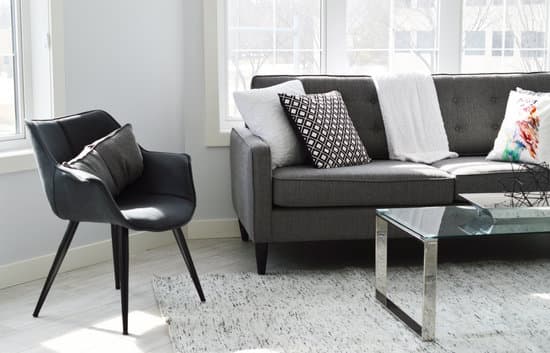Is it Unhealthy to Work in a Kitchen?
The kitchen is a place where many people find themselves spending a significant amount of time every day. Whether it’s preparing meals for your family or working in a commercial kitchen, spending extended hours on your feet with physical demands can lead to physical injuries and strain on the body. While it might seem like working in a kitchen is just part of the job, it’s essential to understand the risks associated with this work and take precautions to prevent injuries.Injuries Caused by Standing for Long Hours in the Kitchen
Standing for extended periods of time puts a lot of strain on the lower back and legs, leading to conditions such as plantar fasciitis, varicose veins, and even back pain. Lack of mobility can also lead to poor circulation, which can lead to swelling and pain in the legs and feet. Long-term standing can also lead to tight muscles and joint stiffness. Bullet Points:- Standing for long hours can lead to back pain, plantar fasciitis, and varicose veins.
- Poor circulation is common among those who spend prolonged periods on their feet.
- Tight muscles and joint stiffness can develop over time due to lack of mobility.
The Impact of Lifting Heavy Pots and Pans on Your Health
Lifting heavy pots and pans is an essential part of working in a kitchen, but it can also lead to physical injuries. This can include sprains, strains, and even more severe issues such as hernias and back injuries. The repetitive nature of lifting pots and pans can also lead to long-term issues such as carpal tunnel syndrome. Bullet Points:- Lifting heavy pots and pans can lead to sprains, strains, hernias, and back injuries.
- Repetitive lifting can cause carpal tunnel syndrome.
The Significance of Ergonomics in Kitchen Design
Ergonomics is the study of designing work environments that fit the user’s needs, preventing physical strain and injury. In the kitchen, this means designing spaces that are optimal for different types of tasks and considering factors such as counter height, equipment placement, and overall workflow. A well-designed kitchen with ergonomic features can minimize the risk of injury and increase productivity. Bullet Points:- Ergonomics is important in designing a kitchen that fits the user’s needs.
- Factors such as counter height and equipment placement should be considered.
- Well-designed kitchens with ergonomic features can increase productivity while reducing the risk of injury.
The Risks Associated with Working in a Space Designed for Everyone
Kitchens are often designed to fit the needs of everyone who uses them. This can be problematic, as people come in different shapes and sizes, meaning that kitchen equipment height and placement might not be optimal for every user. Ill-fitting equipment or workspaces can cause strain and injury, especially when using heavy pots and pans. Bullet Points:- Kitchens are often designed to fit the needs of everyone who uses them.
- Ill-fitting equipment or workspaces can cause physical strain and injury.
- The risk of injury increases when using heavy pots and pans in poorly designed kitchens.
Strategies for Preventing Physical Injuries in the Kitchen
There are several strategies for preventing physical injury while working in a kitchen. One important technique is to take frequent breaks to stretch and change positions. It’s also essential to maintain good posture, use proper lifting techniques, and wear supportive shoes. Utilizing ergonomic tools such as adjustable countertops and anti-fatigue mats can also help minimize the risks associated with working in a kitchen. Bullet Points:- Take frequent breaks to stretch and change positions.
- Use good posture, proper lifting techniques, and wear supportive shoes.
- Utilize ergonomic tools like adjustable countertops and anti-fatigue mats.
Proper Posture Techniques to Follow while Cooking
A critical way to prevent physical strain while working in a kitchen is to maintain proper posture. Some critical techniques to follow to ensure good posture in the kitchen include:- Stand tall with your shoulders back and your neck straight.
- Bend at the knees and hips when lifting heavy objects.
- Avoid twisting and turning your body while lifted heavy pots and pans.
- Use a step stool or ladder to reach items kept in high places.




















